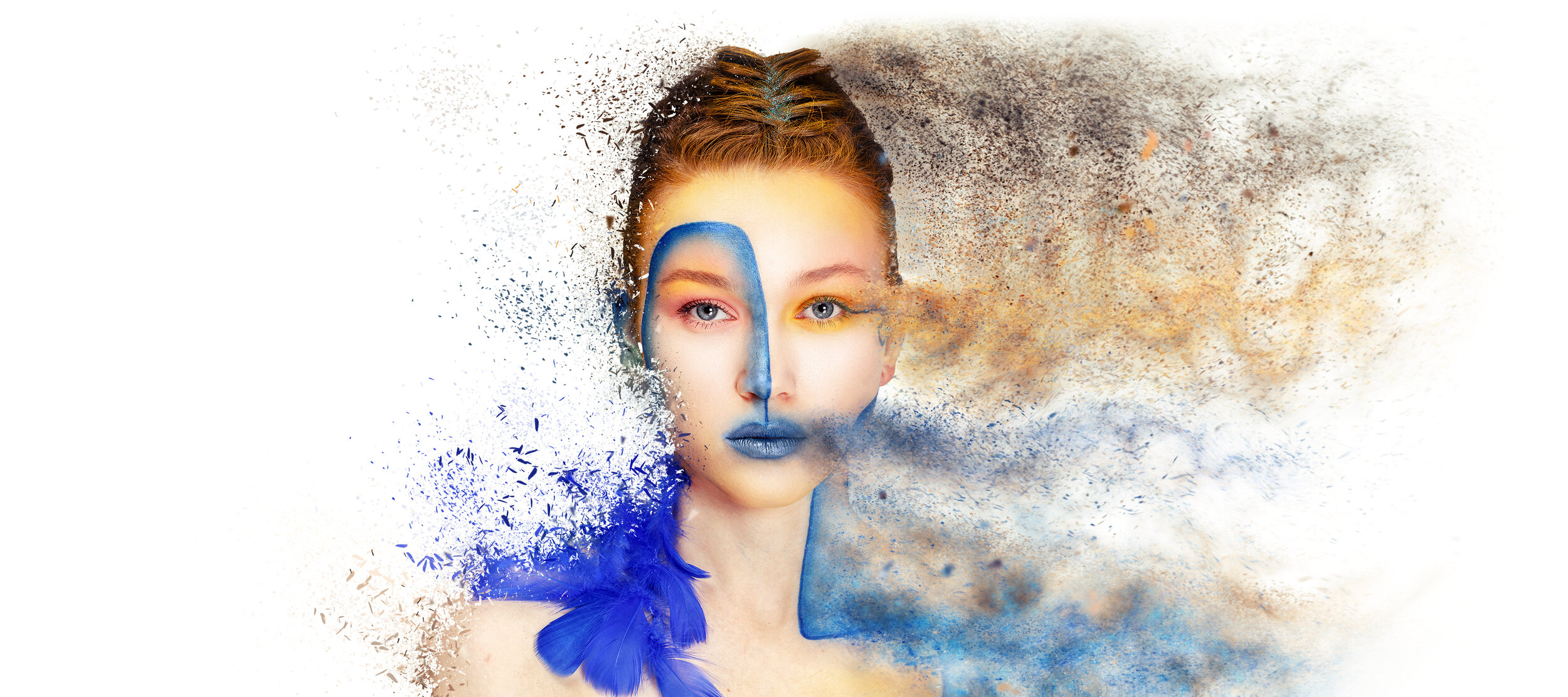Adobe Reinforces Commitment to Content Authenticity

When you see a photo or video on social media, on the evening news, or through something your friend shared, how do you know you can trust it? How can you be sure the content hasn’t been tampered with to sway your thinking?
Every day we are faced with split-second decisions to believe, or not believe, what we’re seeing. For a better part of a year, it’s been the goal of Adobe’s Content Authenticity Initiative, to build a tool which helps consumers to decide who and what to trust.
Since we announced the program at Adobe MAX last year, we’ve been working closely with the New York Times, Twitter, and dozens of other companies, nonprofit groups, and policy experts. Our goal is to build a scalable, open, privacy-conscious solution shared by publishers, platforms, creative tool makers, and content creators.
While there is a long road ahead, today marks an important milestone in this journey as we introduce our first technical white paper that outlines our approach. The attribution white paper is currently being refined and reviewed by our partners and stakeholders.
Our Mission
A quick word on what we’re trying to achieve and why I think this approach will ultimately help creators and consumers alike.
Imagine this scenario: one individual edits a photo or video to better capture what they see as the truth of a situation; yet to another observer, that same edited content might obscure what they believe actually happened. This is a common predicament, and there is a reason these subjective interpretations can diverge so widely: namely, there is no readily available shared objective understanding of what happened to that piece of media.
Who created the photo/video, where it was taken, and how it was edited are all called into question. Currently, when someone shares their creation, there is no viable or standard solution for attaching their name to the content, or outlining the edits they made. The truth, in that scenario, doesn’t have a foundation.
We believe that providing a common and shared understanding of facts is essential for consumers as they aim to make thoughtful decisions when consuming media.
The White Paper
Enter the Content Authenticity Initiative. Since the introduction of the program last fall, we’ve diligently worked on our technical approach. Our white paper provides insight into how we’re building the system that will enable creators to permanently attach attribution data to their asset as they share it with the world.
Our privacy-conscious approach means we’re giving full control to the creator, who can choose whether they’d like to attach their name; show the entire edit history; or share the location where the photo or video was shot. This metadata is immutable, securely stored, and available for anyone to read.
The technical design put forward in the white paper supports 4 principles we consider essential:
- Privacy. The system has flexibility around what identifying data is stored and how data can be redacted in cases privacy concerns may arise.
- Interoperability. The components are straightforward to implement and build in interoperability via clear data models and protocols.
- Fit with existing workflows. We recognize the challenges of widespread adoption and begin to address them by ensuring that user experience consequences of incorporating CAI components are minimal, clear and unsurprising to end users.
- Compatible with cloud and file-based uses. To reach adoption and standardization, the system embraces file-based workflows and cloud-enabled ones with equal fidelity so that applications on desktop, web, mobile and other platforms can enjoy seamless integrations.
Why This Matters
Now, why should this concern artists and creatives, and not just photojournalists?
I’ve been building and leading Behance - our community for creatives -- for many years. Behance now has more than 22 million members, and close to a million unique visitors per day, and one theme I hear constantly is about the need for creatives to get credit for their work.
This simple equation has always been one of my guiding principles: exposure (for your work) plus attribution (so folks know who created it) equals opportunity. But if there is no consistent way to ensure you can get attribution, finding opportunity is a lot more challenging.
And we all see this every day -- how often does a piece of creative work go viral completely detached publicly from the person who first made it?
Attribution Tool
The attribution solution we are architecting will allow any creative -- a photographer, illustrator, digital artist -- to attach their name to, and thereby get credit for, their work as it travels across the internet.
We’re building this solution as an open standard so that platforms, news organizations, and individuals alike will be able to read this metadata and identify the original creator, taking much of the guesswork out of authenticity. And, more credit for the artist begets more opportunities for jobs and collaboration.
I know we will face a myriad of challenges as we build this with our partners and the broader community, but we’re just getting started. The best part of this process is being able to build this system together, in the open, with an amazing group of companies and experts. If we’re missing something, please let us know. And stay tuned for more.